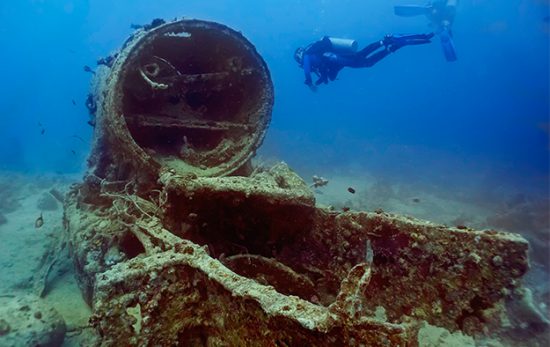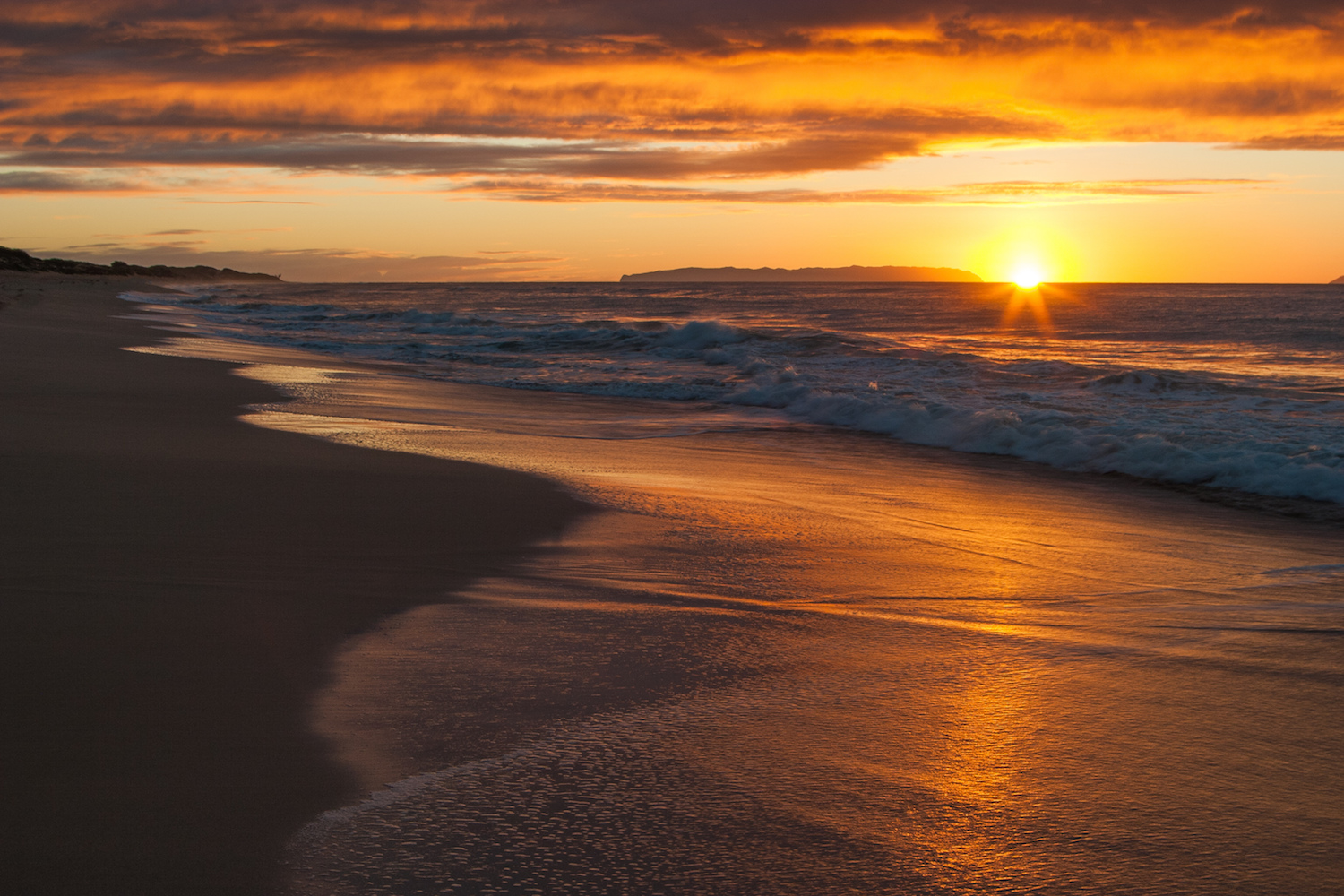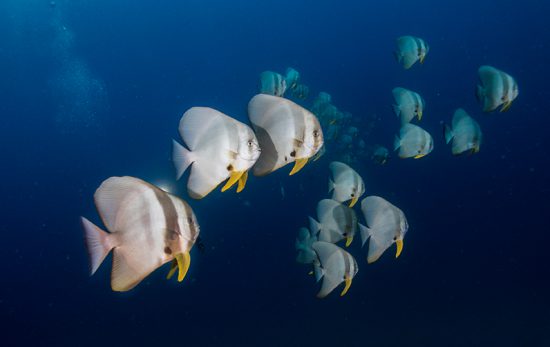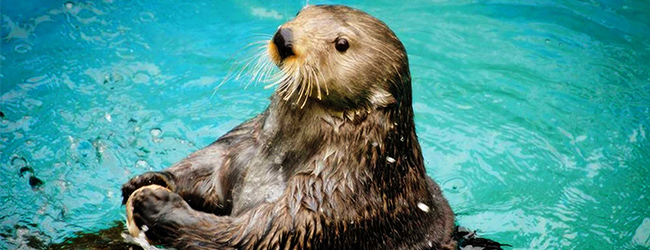 A member of the cephalopod family, the Nautilus is like a swimming snail with tentacles. This living fossil has changed very little in the past 500 million years.
A member of the cephalopod family, the Nautilus is like a swimming snail with tentacles. This living fossil has changed very little in the past 500 million years.
Slow to mature and slow to maneuver, the Nautilus can live to be 100 years old. Even with poor vision the Nautilus has survived the planets worst extinction events.
Scientists credit numerous adaptations for its survival. It lives in deeper waters and buries its nearly matured eggs several hundred feet below the surface. Perhaps because the Nautiloid hatchlings are miniature versions of the adult animal, they were able to survive. Deep-water animals are typically less affected by changes in the environment.
It’s hard shell acts like a BCD – releasing gas into the shell chambers to float and letting water in to sink. Built as a buoyancy system, the shell acts as a home and provides protection.
Being cold-blooded they can constrain their metabolism and survive Armageddon.
This marine mollusk can be found in the coastal reefs around Southeast Asia and Australia seeing the shy and elusive Nautilus is a goal for many scuba divers.
If you see a Nautilus on a dive, you’ll want to remember what you learned in your Project AWARE Specialty Course. Consider your role in protecting the aquatic environment. These animals that once dominated ancient seas are now harder to find, with overfishing and climate change being leading factors.
Since the population of the Nautilus is in danger, scientific data is needed to make a case for new laws to protect them. As of now, no laws exist.
While they can evolve to survive millions of years, they have no protection from humans wanting the shells for decoration.
Their survival in the future now only depends on if we will stop hunting them. Avoid buying or displaying these precious shells. As ocean ambassadors it’s our duty to not own or display these shells. Doing so only makes them more desirable.




